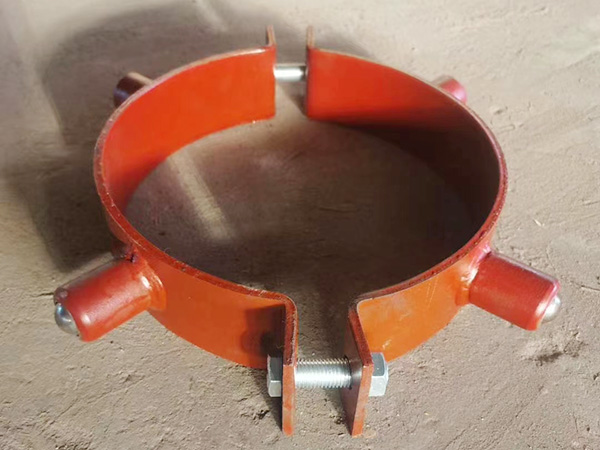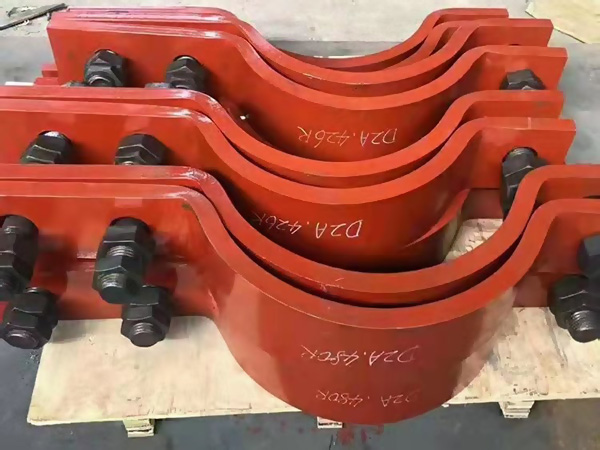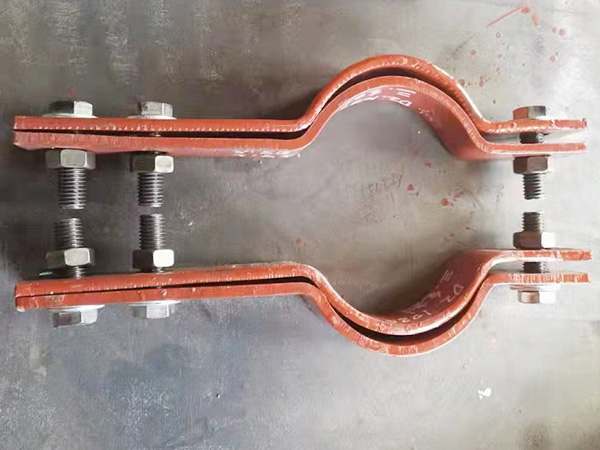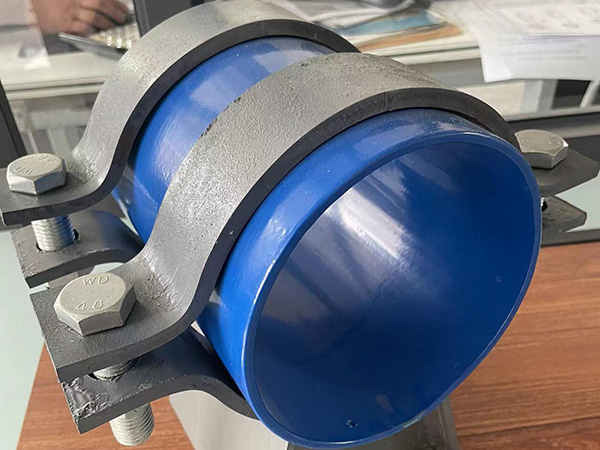Precautions When Using Pipe Clamps and Pipe Clips
Author:Mingde Time:2025-04-28 17:46:03 Click:141
To ensure safe, reliable, and long-lasting pipe installations, it’s important to follow key precautions when using pipe clamps or pipe clips. Improper selection or installation can lead to pipe damage, vibration, leaks, or even system failure. Below are important considerations to keep in mind during application:
1. Choose the Correct Size
Always use pipe clamps that match the outer diameter of the pipe. Using clamps that are too tight can crush or deform the pipe, while oversized clamps may result in loose and unstable fittings.
2. Match Clamp Material to Pipe and Environment
Ensure that the clamp material is compatible with the pipe and installation conditions:
Avoid galvanic corrosion: Don’t mix dissimilar metals (e.g., stainless steel clamps with copper pipes) without insulation.
Use corrosion-resistant materials: For outdoor or humid environments, select stainless steel or coated clamps.
Use high-temperature materials: In hot environments, ensure clamps can withstand the heat without deforming.
3. Secure Proper Spacing and Support
Install pipe clamps at appropriate intervals according to the pipe material and load:
Too few clamps can cause sagging or stress on joints.
Over-tightening multiple clamps can restrict pipe movement and cause thermal stress.
4. Allow for Thermal Expansion and Contraction
Pipes expand and contract with temperature changes. Use sliding or cushioned clamps in systems subject to temperature variation, and avoid rigidly fixing the pipe at multiple points unless the system is designed for it.
5. Avoid Over-Tightening
Over-tightening clamp bolts can damage the pipe surface or deform plastic pipes. Tighten only enough to secure the pipe without compression. For soft materials or insulated pipes, use lined or cushioned clamps.
6. Use Vibration-Damping Clamps Where Needed
In dynamic systems (e.g., pumps or HVAC lines), select rubber-lined or vibration-absorbing clamps to reduce noise and mechanical wear.
7. Inspect Regularly
Over time, clamps may loosen due to vibration or environmental effects. Schedule regular inspections to ensure they remain secure, undamaged, and corrosion-free.
8. Install on Clean, Dry Surfaces
Ensure both the pipe and support surface are clean and dry before installation. Dirt, oil, or moisture can affect the grip and longevity of the clamp.
9. Avoid Stress on Pipe Joints
Clamps should support the pipe independently and not apply direct stress to joints, welds, or fittings. Misaligned clamps can lead to leaks or joint failure.
Conclusion
Proper application of pipe clamps and clips is essential to maintaining system integrity. Choosing the right type, size, and material, along with correct installation practices, helps prevent mechanical failure, leakage, and noise issues. Always follow manufacturer recommendations and consider environmental conditions to ensure the best performance and safety.
 Hot Products
Hot Products
 Contact Us
Contact Us
Contact:
Mobile:+86 +86 19133378808
Website:mingdepipe.com
Address:










